How Much Curve Should Your Back Have?
Everyone has some curve in their spine, but spine disorders like scoliosis, kyphosis and lordosis can exaggerate the curve. If you’re wondering whether the curve in your spine is normal or not, it’s a good idea to visit a doctor for a diagnosis.
In general, you should see a specialist like Dr. Roberts if you notice:
- Back pain.
- A gap between your bed and lower back when you lie down.
- Stiffness in your back.
- Mobility problems.
- A noticeable hump in your back.
- A curve outward above the hip.
- Uneven hips or waist.
- Leaning towards one side.
- An uneven spine.
- Uneven shoulder blades.
While none of these symptoms necessarily suggest scoliosis, kyphosis, lordosis or any spinal disorder on their own, they are worth a visit to a specialist. Dr. Roberts has the skills and experience needed to evaluate your spine, recommend tests or X-rays and correctly diagnose you. Our award-winning orthopedic spine surgeon can also offer treatment options if you do have a disorder.
What Is the Normal Curvature of the Cervical Spine?
There are two healthy types of spinal curvature, and they are known as kyphotic or lordotic. Kyphotic curves are convex and toward your spine. The curvature in the sacral and thoracic spine are kyphotic curves. Lordotic curves are concave towards the spine. The lumbar and cervical parts of the spine are lordotic curves.
How Many Natural Curves Does the Spine Have?
A healthy spine has four curves, including two that move towards the back of the spine and two that move away from the back of the spine.
What Are the Four Normal Curves of the Spine?
The four natural curves of the spine are the Thoracic Kyphosis, Cervical Lordosis, Lumbar Lordosis and Sacral Kyphosis. The four spinal curves work together to allow mobility and support.
The Cervical Lordosis curve is at the top of your spine, from your neck to your shoulder blades. The normal curvature of this part of the spine is 20 to 40 degrees.
The Thoracic Kyphosis is the part of your spine that runs behind your chest. This part of the spine is important for standing up straight and achieving balance. A normal curvature for this part of the spine is 20 to 40 degrees.
The Lumbar Lordosis is in the lower back, and curvature of 40 to 60 degrees is normal here. Sacral Kyphosis curves are near the hip area.
Contact Our Specialist at NYSI if You’re Concerned About Spine Curvature
Spinal problems and irregular curvatures can develop due to osteoporosis, degenerating discs, injury, some cancer treatments, obesity, genetics and a host of other reasons. If you have been diagnosed with a spine disorder, are in pain or are concerned about the curve of your spine, schedule a consultation with our spine and back specialist at New York Spine Institute.
Dr. Timothy T. Roberts has years of experience and specializes in innovative, cutting-edge treatments. Reach out today to learn more.




